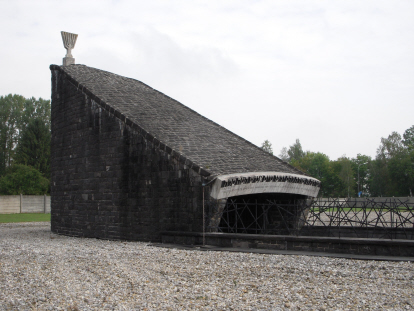
Through the tenacity and dedication of the survivors there are now a number of memorials that dominate various locations on the site of the former Dachau Concentration Camp.
On the north-eastern side of the Memorial Site there is the unusual parabolic shape of the Jewish Memorial. It is appropriate to reflect on the fate of the Jews. The pace of persecution against the Jews in Germany began to quicken from the first days of the Nazi regime. They were banned from certain professions and the Nuremberg Laws of 1935 defined Jews in purely racial terms, blood being the determining factor. Religious conversion to Christianity, for example, would not exempt a person from being defined as Jewish under Nazi law. Prior to the 1938 Kristallnacht pogrom, German Jews were generally imprisoned in Dachau because of their political position and opposition to the Nazis. However, following Kristallnacht they began to appear in ever-increasing numbers in the camps. In the immediate aftermath of the Kristallnacht pogrom on 9 and 10 November 1938, 30,000 Jews were arrested throughout Germany and Austria, with 500 Jews from Munich67 (16km from Dachau) amongst this number. These Jewish citizens were also taken into protective custody at Sachsenhausen (Berlin) and Buchenwald (Weimar) concentration camps.68
Kristallnacht marked the watershed for the treatment of the Jews in Germany. They were to play no further part in the economy of the country and were effectively banned from independent Jewish cultural life. The catastrophe of Kristallnacht for the German Jews was twofold; it firstly revealed that the Nazis had declared war on a section of the German people, and secondly that life for Jews in Germany, from then on, would become a futile struggle.69 In effect, Kristallnacht was the spark that would lead to the flames of the Holocaust. Whilst in protective custody within Dachau Concentration Camp, the Jews were always given the worst treatment and the worst jobs. A prisoner called Gedye, who arrived in Dachau in February 1938, a few months before the Kristallnacht pogrom, describes the conditions and awful crimes that were already being committed:
‘… in February, March and April there were a number of “suicides” and shootings “during attempted escape”. The Jew Lowenberg was horribly beaten and committed suicide that night. In March two men were shot “while attempting escape”. The Jew Lowy was shot dead for approaching closer than the regulation six metres to a sentry who had called him up. Another was ordered by a sentry again and again to approach until he stepped on the forbidden neutral zone outside the barbed wire, whereupon he was shot dead’.70
These early deaths portended the treatment that the Jews would receive in Dachau. They would be dealt with harshly, callously, murderously and always on the receiving end of the worst treatment of any prisoner group. The final death toll for the Jews in Dachau itself is approximately 10,000. However, this terrible statistic does not tell the whole story because Dachau’s Jewish prisoners were always being selected and sent to other locations where their fate was usually sealed.

Plate 15: The Jewish Memorial (contemporary photograph)
The Jewish Memorial therefore stands as a testament and in memory of those Jewish prisoners who died at Dachau and other places associated with the Holocaust; it is positioned on the site of the former camp brothel. The sacral architect Zvi Guttman designed the memorial and it is constructed from black lavabasalt rock. It has an unusual shape and the central ramp is reminiscent of the death ramp at Auschwitz, the descent downwards into a dark chamber, evoking the image of the steps downwards to one of the dark subterranean gas chambers in Auschwitz.

Plate 16: The Jewish Memorial (contemporary photograph)
The Jewish Memorial is designed to evoke the destruction of the Jews in architectural form. Over the entrance to the memorial are the words; ‘put them in fear, O Lord: that the nations may know themselves to be but men. Se’ lah’.71 Black barbed fences skirt along each side of the entrance and the same barbed effect can be seen on the main doorway.
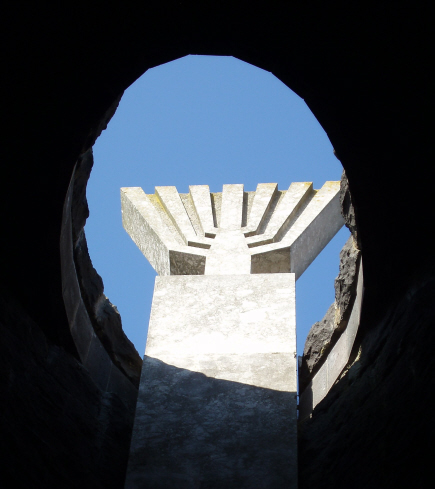
Plate 17: The Jewish Memorial (contemporary photograph)
The Star of David is visible on each of the gates, and brass olive branches act as handles, the olive branches symbolising God’s reconciliation with Noah after the Great Flood. Once inside the dark chamber there is a single strip of light-coloured Peki’in marble, which leads the visitor’s gaze upwards to the open sky and a menorah,72 which signifies ‘a sign of deliverance, the goal of eternal Jewish hope’.73
Dachau Concentration Camp Memorial Site contains a diversity of religious memorials; this is partly due to the large number of clergymen who were imprisoned and the effective lobbying of these survivors and others in the 1950s. The first clergymen who arrived in the early 1930s were generally only held for short periods of time – it was with the annexation of Austria that the numbers of imprisoned clergymen began to significantly increase.
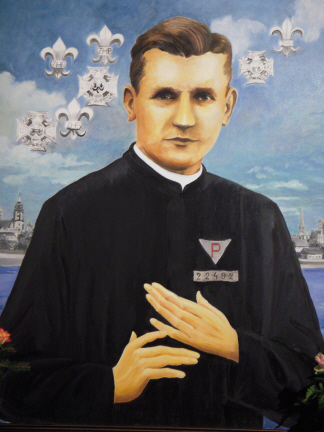
Plate 18: Blessed Stefan Wincenty Frelichowski, a Polish priest who died in Dachau on 23 February 1945 (photograph of an oil painting in Torun, Poland taken by the author 2008)
The beginning of the Second World War also marked a sea change in the Nazis’ attitude towards the clergy, and at the end of 1940 there were just over 1,000 clergy held in Dachau. At the conclusion of the war this number had increased to 2,720. Polish priests made up the largest contingent of this number followed by the Germans (447).74 The clergymen were generally held in blocks 26, 28 and 30 which were situated on the western side of the camp road.
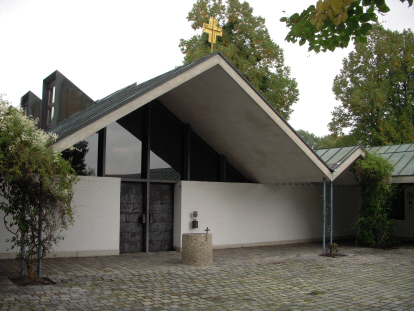
Plate 19: Carmelite Convent (contemporary photograph)
At the northernmost edge of the Memorial Site, under an archway topped by one of the seven former watchtowers, is the Carmelite Convent. This was dedicated on 28 April 1963 and consecrated on 22 November 1964. The confines of the convent courtyard and the peaceful church within provide a calming and welcoming respite for anyone undertaking a visit to the Memorial Site. Within the courtyard, displayed on the western wall, is the robe of the late Bishop Johannes Neuhausler, a former prisoner of the Nazis,75 who spent four years imprisoned in Dachau.76
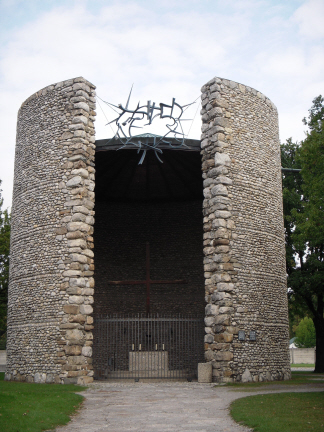
Plate 20: Catholic Church, ‘The Mortal Agony of Christ’ (contemporary photograph)
Close to the Carmelite Convent is a large circular building made from rough stones from the River Isar. This is the Catholic Church ‘The Mortal Agony of Christ’, and the first religious memorial to be erected in the former concentration camp, designed by the architect J. Wiedemann. The church measures 12 metres high and has a diameter of 14 metres.77 The church was consecrated on 5 August 1960 when over 50,000 people were present to witness the event. Prior to consecration
3,000 young men had carried the cross, which now sits above the altar, from Munich, in a replication of Christ’s passion. Inscribed on the altar of the church are the words, ‘to the honourable memory of the victims, for the atonement of the crimes, as a lesson for all visitors to the camp, for the peace of all nations’.78

Plate 21: The Protestant Church of Reconciliation (contemporary photograph)
On the northern perimeter of the former concentration camp is the architecturally impressive Protestant Church of Reconciliation, designed by Helmut Striffler and situated on the route to the former crematorium.
The church is now over 40 years old, having been consecrated on 30 April 1967. The architect designed the church to mark a stark contrast to the rectangular architecture favoured by the Nazis. It is also a place where visitors can pause for reflection and prayer as they pass through the Memorial Site.
In a similar fashion to the Jewish Memorial, the architect has designed a descent into the memorial. In this instance, steps rather than a ramp bring the visitor to a pair of bas-reliefs by the artist Hubertus von Pilgrim.
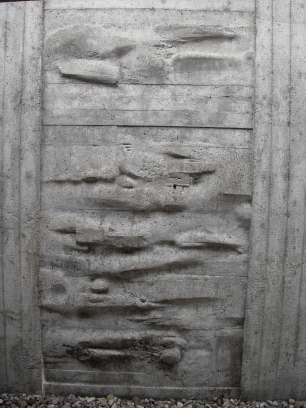
Plate 22: Bas-relief by Hubertus von Pilgrim (contemporary photograph)
These reliefs are designed to evoke thoughts of the last journeys of the prisoners before their deaths. Twenty metres away in the passageway is sited a steel door, designed by the artist Fritz Kuhn and inscribed with the words, ‘in the shadow of thy wings will I take my refuge’ from Psalm 57:1.79
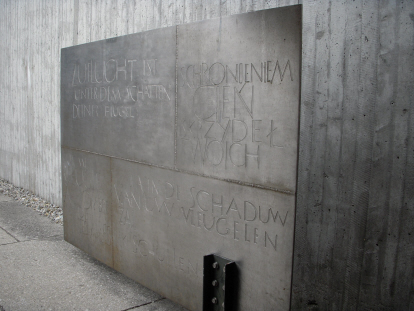
Plate 23: Steel door designed by Fritz Kuhn (contemporary photograph)
Close to this steel door is a reading room and then the church itself. The inside of the church has an unusual architectural design; sloping floors and an exquisite stained glass window by the artist Emil Kiess. The window is opaque glass with a solitary piece of red crystal, which is designed to suggest images of blood associated with birth and death. Also standing in the window of the church is a statue, called Synagoga and Ecclesia by the artist Franz Hammerle. The statue depicts a pair of figures, a mother and son, emerging from a single piece of wood.80
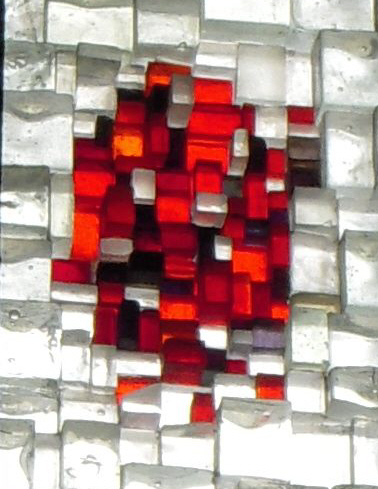
Plate 24: Stained glass window designed by Emil Kiess (contemporary photograph)
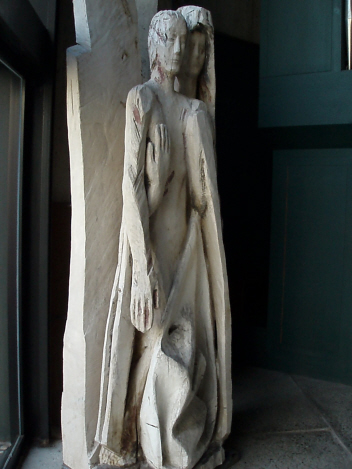
Plate 25: Synagoga and Ecclesia by the artist Franz Hammerle (contemporary photograph)
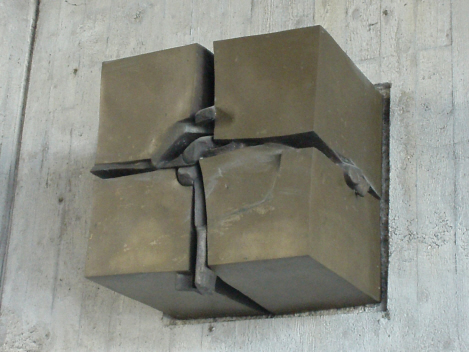
Plate 26: Deformed cross within the Protestant Church of Reconciliation (contemporary photograph)
Above the altar in the Protestant Church of Reconciliation is an evocative, deformed cross, and the exit from the church is marked by an ascent past words in bronze embedded in the rough concrete. These words plead for redemption:
‘Out of the depths have I cried unto thee, O Lord. Lord, hear my voice: let thine ears be attentive to the voice of my supplications. If thou, Lord, shouldest mark iniquities, O Lord, who shall stand? But there is forgiveness with thee, that thou mayest be feared. I wait for the Lord, my soul doth wait, and in his word I do hope’ from Psalm 130, 1-5.81
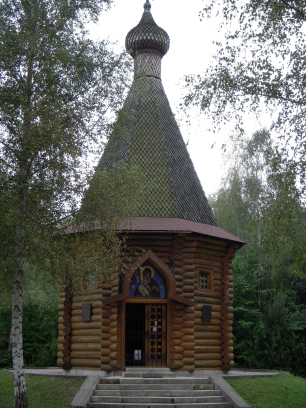
Plate 27: Russian Orthodox Chapel (contemporary photograph)
The dome of the Russian Orthodox Chapel marks its location on the western side of the Memorial Site. The chapel was completed in 1995 and commemorates the Russian prisoners killed in Dachau Concentration Camp, and at the SS shooting range at Herbertshausen, approximately 2km from the main Memorial Site. The Russians executed at the shooting range were mostly commissars selected from amongst the ranks of Russian prisoners of war. These men were not officially recorded in the concentration camp records, and therefore the exact number of Russians murdered in this fashion is not known, although estimates suggest that it is over 4,000 prisoners.82
The location of the Russian Orthodox Chapel in the area of the crematorium is also to act as a memorial to the mass murder of 31 Russian officers on 22 February 1944, the murder of 90 Russian officers on 4 September 1944, and the murders of 2 other Russian officers a couple of days later.83

Plate 28: Shooting Range at Herbertshausen (contemporary photograph)
The following account contains the harrowing details of how the Russian officers were murdered on 4 September 1944 in the vicinity of the crematorium. The account is from the testimony of an SS man, Obersturmführer Friedrich Wilhelm Ruppert, made in October 1945, and which was used in the Dachau War Crimes Trials. Ruppert testifies regarding the murders:
‘The interpreter ordered the first 15 prisoners to undress completely. He then told them to walk some 30 metres away from where they had left their shoes and clothes in a heap on the ground. There they had to kneel down in a line by a small heap of earth with their backs towards us. The SS who executed them went up to them and shot them in the back of the neck, each one executing several men. When the first 15 had been killed, prisoners working at the crematorium removed their bodies and took them inside the crematorium. The next 15 who had undressed at the same time as the first 15 were then executed in the same way. Then the guards returned to the gate and took the next group to the crematorium: the same procedure was followed for these 30 men and likewise for the last ones.84
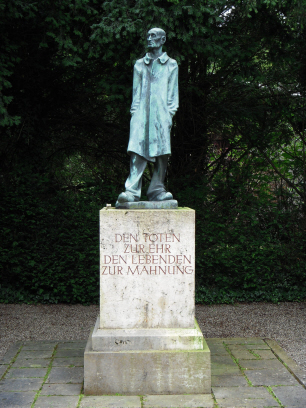
Plate 29: Fritz Koelle’s Unknown Concentration Camp Inmate (contemporary photograph)
Near to the Russian Orthodox Chapel, in the grounds of the crematorium, is the first memorial erected in the former concentration camp at Dachau. This is the sculpture of the Unknown Concentration Camp Inmate, the work of the German artist Fritz Koelle. The sculpture depicts an emaciated prisoner, with his hands thrust into his coat pockets, looking off into the distance. On the pedestal of the sculpture are words in German which translate as ‘to honour the dead and to admonish the living’.85 This memorial was placed opposite the crematorium building in April 1950 and finally dedicated in September of the same year.